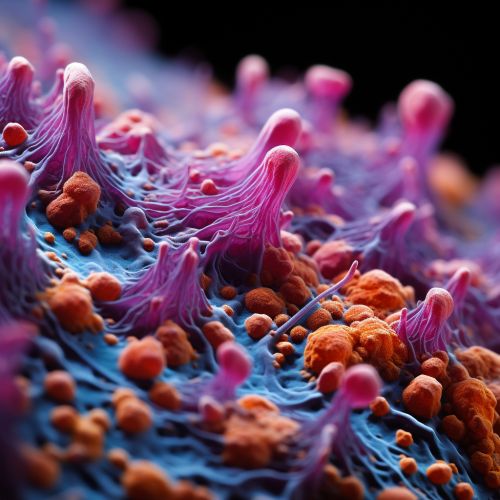Catecholamines
Overview
Catecholamines are a group of neurotransmitters and hormones that include epinephrine (adrenaline), norepinephrine (noradrenaline), and dopamine. They are produced in the body's adrenal glands and in some neurons within the central nervous system. Catecholamines play a crucial role in the body's response to stress, regulating heart rate, blood pressure, and glucose levels. They also play a role in mood regulation and cognitive functions such as attention and focus.


Chemical Structure and Synthesis
Catecholamines are derived from the amino acid tyrosine. The synthesis of catecholamines involves several enzymatic reactions, starting with the conversion of tyrosine to DOPA by the enzyme tyrosine hydroxylase. DOPA is then converted to dopamine by DOPA decarboxylase. Depending on the specific cell type, dopamine can be further converted to norepinephrine by dopamine β-hydroxylase, and norepinephrine can be converted to epinephrine by phenylethanolamine N-methyltransferase.
Functions
Catecholamines function both as hormones and neurotransmitters. As hormones, they are released into the bloodstream by the adrenal glands in response to stress, leading to physiological changes that prepare the body for 'fight or flight' reactions. These changes include increased heart rate, blood pressure, and blood glucose levels.
As neurotransmitters, catecholamines are involved in a variety of functions in the brain. Dopamine, for example, plays a key role in reward, motivation, and motor control. Norepinephrine is involved in attention, focus, and arousal, while epinephrine has roles in memory consolidation and sleep regulation.
Catecholamine Disorders
Abnormal levels of catecholamines can lead to a variety of disorders. High levels of catecholamines, for example, can result in conditions such as pheochromocytoma, a rare tumor of the adrenal glands, and paraganglioma, a tumor of the peripheral nervous system. Both of these conditions can cause high blood pressure, rapid heart rate, and other symptoms.
Low levels of catecholamines, on the other hand, can lead to conditions such as Parkinson's disease, which is characterized by a loss of dopamine-producing neurons, leading to motor symptoms such as tremors and rigidity.
Measurement of Catecholamines
The levels of catecholamines in the body can be measured in several ways. The most common method is through a blood test, which measures the amount of catecholamines in the bloodstream. Urine tests can also be used to measure the amount of catecholamines and their metabolites excreted over a 24-hour period. These tests can help diagnose conditions related to abnormal catecholamine levels.
